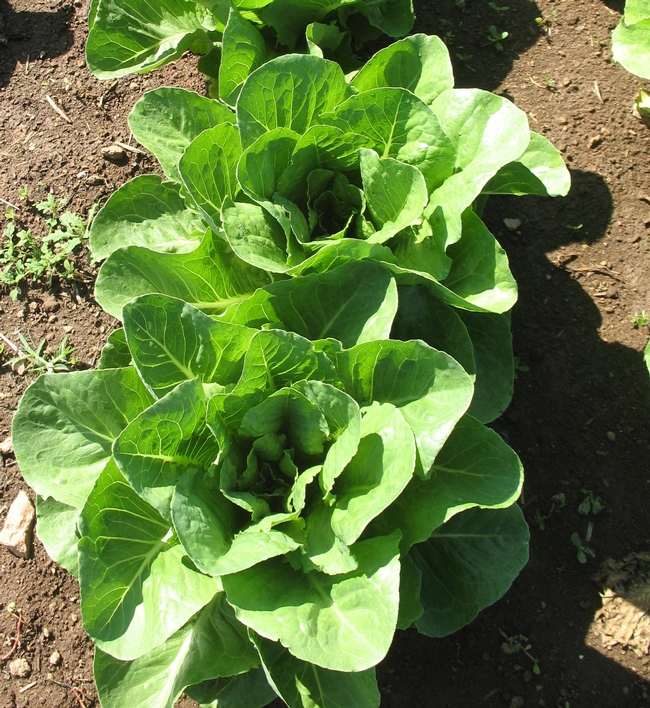- Author: Leda McDaniel
Why does lettuce cost $2.50? How do grocery stores set their prices? How much of that money goes to the farmer?
To answer these questions, I turned to two experts in their respective fields:
Cia Harden, lead produce buyer for BriarPatch Co-op in Grass Valley, CA
Jim Muck, owner of Jim's Produce, a family farm in Wheatland, CA
How much money goes to the farmer?
The difference between retail price and wholesale price
There are two key prices in our discussion: the price the farmer receives (wholesale price) and the price the consumer pays (retail price).
Jim explains his wholesale price setting this way:
“The simple approach I took was to discount my farmers' market price by 25%. This price was still too high for most buyers. So, I give an additional discount for the purchase of a case of produce.”
Jim has learned that his wholesale price needs to cover his costs of production, but still be affordable to produce managers.
How do grocery stores set their prices?
The store purchases produce at wholesale prices from a farmer or distributor. Then, they add on the cost of doing business, and this is the retail price.
How much they need to add is often calculated as a margin. Margin is the proportion of profit to selling price. Margin is a helpful number for produce buyers to set profit goals. According to Cia, BriarPatch Co-op is looking for a specific margin on most produce. But, The BriarPatch is also interested in promoting local agriculture and buying from local farmers.
As Cia explains, “We are very flexible with local pricing. Often, we are very tight with the distributor margin in order to have this greater flexibility for local produce. Particularly if the distributor prices are all over the place or seem too low, I'll ask the farmers what they'd like to get for their product.”
Jim says that wholesale pricing is more flexible than he first realized. He was surprised at this and gave this example, “I was actually told last year by a produce distributor to raise my prices. There is some flexibility there, but it all depends on the buyer.”
As you can see, prices may be higher for higher quality produce.
Cia comments on this, saying, “I almost always pay the local farms a higher price than what a distributor is selling to us, starting with using a different basic margin for local. I often go beyond this different margin and pay even more, thinking about what price we could sell the item for that would still be attractive to the customer. Price also depends on quantity supplied and the quality of the produce.”
If you are interested in how gross margin is calculated, check out this online calculator:
http://www.calculatorsoup.com/calculators/financial/margin-calculator.php
As an example, let's say a store buys lettuce at a wholesale price of $1.50/head (enter 1.50 into the field marked, “Cost”). Let's say that the head of lettuce is sold at a retail price of $2.50 (enter 2.50 into the field marked, “Revenue”). What is the gross margin the store will receive? What is the gross profit?
Gross Margin = 40%
Gross Profit = $1.00
Why does lettuce cost $2.50?
It's complicated
Well, as we saw above, there are market forces working from many directions. Most simply, the farmer and grocery store need to make money on the head of lettuce, and you (as the consumer) need to value the head of lettuce enough to pay the asking price.
Clearly, there is negotiation from the farmer and the grocery store for a fair wholesale price. Also, higher quality produce can command a higher price.
That's why lettuce costs $2.50.
Interview content reprinted with the permission of Cia Harden and Jim Muck.


